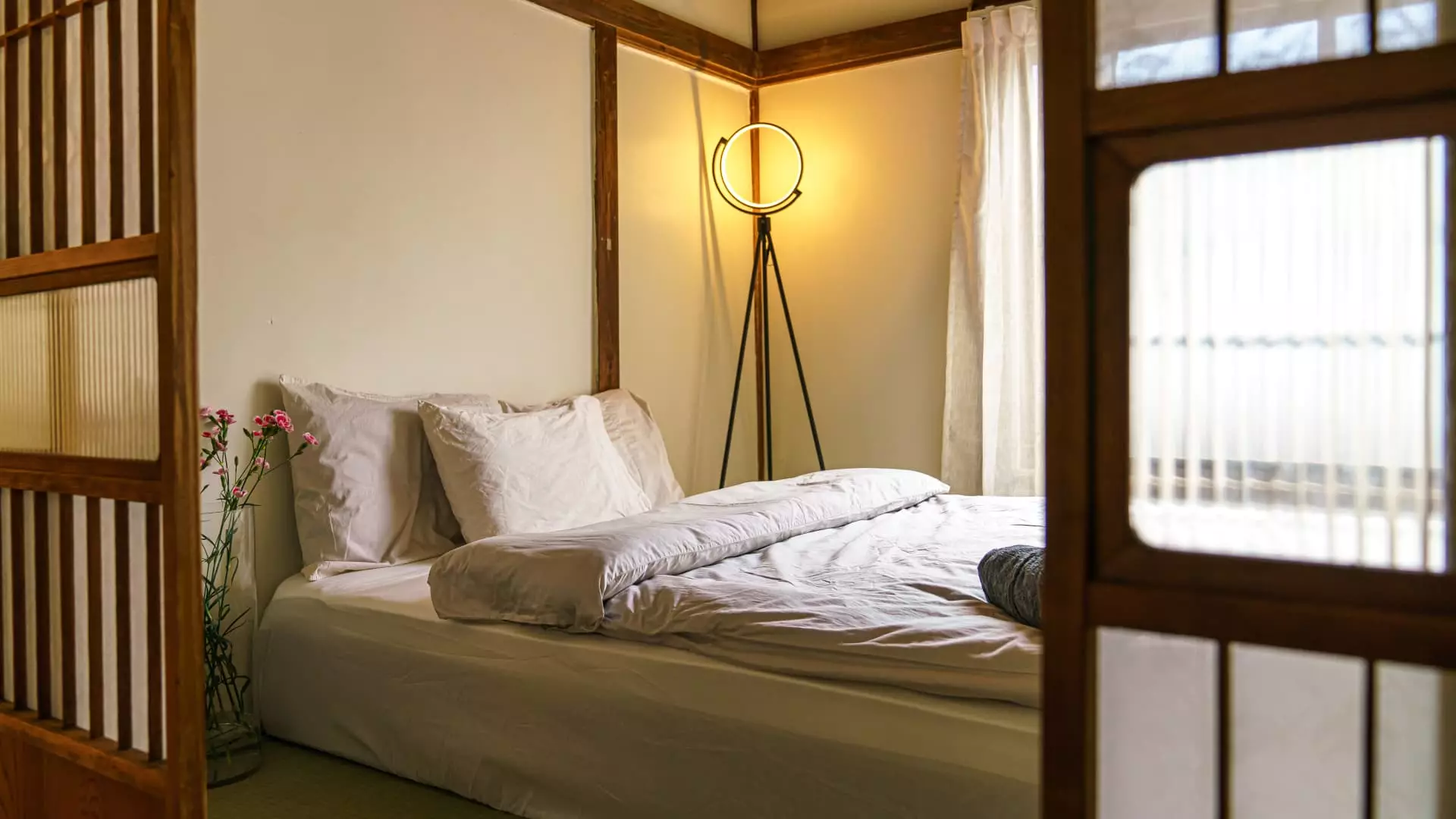In October 2018, Anton Wormann, a 32-year-old with a deep-rooted passion for DIY projects, made a monumental decision by moving to Japan. Coming from a background enriched with experiences in major cities like Paris and New York, Wormann’s love for Japan was ignited during a work trip in 2015. The stunning scenery, vibrant culture, and exquisite cuisine left an indelible impression on him, motivating annual visits and ultimately leading to his relocation. Feeling a strong emotional connection to the land, he sought to immerse himself in its intricate culture and language.
Upon settling in Japan, Wormann soon became aware of a staggering reality: an abundance of empty homes, known locally as “akiyas,” pervasive throughout the nation. These abandoned properties have burgeoned over the years, primarily due to the country’s demographic crisis, which has seen a declining birth rate and a rapidly growing elderly population. By 2023, it is estimated that there are approximately 9 million akiyas across Japan, presenting both a challenge and an opportunity for homeowners and investors alike.
Wormann’s curiosity about these empty properties took a turn when he discovered that a neighboring house had been neglected for around a decade. The previous owners, elderly individuals, had passed away, and their property stood as a silent testament to a bygone era. This intrigue led him to purchase the 86-year-old house for about 8 million yen, roughly $54,000, excluding other expenses and fees.
His journey began with a significant hurdle—the daunting task of renovation. The house had become a vessel of memories, filled with the personal belongings of previous owners, and required substantial structural repairs. Initially intimidated by the venture, Wormann was undeterred and boldly embraced the challenge. After all, the location was promising; filled with sunlight and with ample potential for transformation, he felt confident that, with time and effort, he could revitalize the space.
The renovation process turned out to be more intensive than Wormann had anticipated. His project spanned 15 months, where he dedicated over 1,000 hours of labor to carve a new life into the akiya. The tight spaces common in Tokyo real estate added complexity to the renovation; Wormann devised a system wherein he would demolish sections of the house and carefully transport debris to a local dump.
Wormann’s design vision evolved organically throughout the renovation. He spent countless hours within those walls, fueled by a mix of creativity and the desire to preserve the essence of Japanese architecture. Each decision was grounded in a deep connection to the house, as well as an understanding of its historical context. He sought ways to blend modern comforts with the traditional characteristics of the structure, giving each room its own unique identity.
The total expenditure for both the purchase and renovation reached approximately $110,000. After investing so much time and passion, Wormann was thrilled to see the transformed property generate interest. Once complete, the newly renovated akiya became a sought-after rental on platforms such as Airbnb, fetching around $500 per night and generating monthly revenues up to $11,000.
What began as a personal project blossomed into a viable business for Wormann. With success under his belt, he has expanded his portfolio to own eight properties, seven of which were previously abandoned. Currently, he is transforming four additional akiyas, each project echoing the same devotion and care he poured into the first.
His belief in the potential of these old homes reflects a broader sentiment about Japan’s cultural treasures. Wormann pointed out the intricacies of a landscape dotted with dying villages and forgotten architectural gems. He considers the task of reviving these homes not just economically smart but also a cultural imperative, framing it as salvaging a part of Japan’s soul.
While society often views akiyas as relics of the past, Wormann sees them as vessels of opportunity. He encapsulates this perspective eloquently by stating, “There are beautiful houses that are going to waste, and you can save them.”
In an age when property markets are often characterized by scarcity and inflation, Japan’s unique situation offers a refreshing perspective. Anton Wormann’s journey encapsulates the blend of entrepreneurship and passion, showcasing that with effort and vision, derelict houses can be reborn as vibrant spaces filled with life and possibility. His story is a testament to how one individual’s commitment to preserving history can lead to meaningful change, both in himself and within the community he chose to call home.

